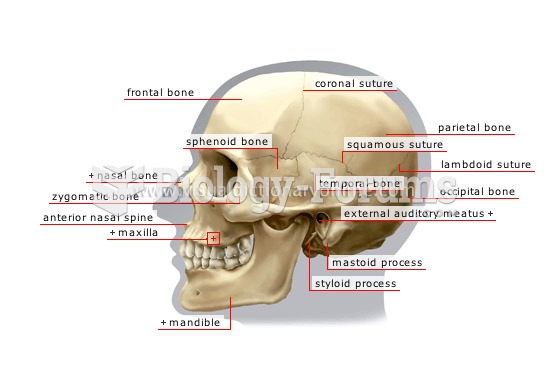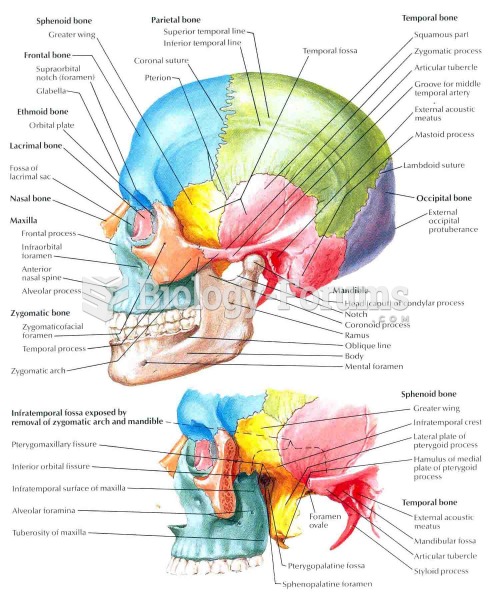This topic contains a solution. Click here to go to the answer
|
|
|
Did you know?
This year, an estimated 1.4 million Americans will have a new or recurrent heart attack.
Did you know?
There are 60,000 miles of blood vessels in every adult human.
Did you know?
By definition, when a medication is administered intravenously, its bioavailability is 100%.
Did you know?
Certain topical medications such as clotrimazole and betamethasone are not approved for use in children younger than 12 years of age. They must be used very cautiously, as directed by a doctor, to treat any child. Children have a much greater response to topical steroid medications.
Did you know?
On average, the stomach produces 2 L of hydrochloric acid per day.







